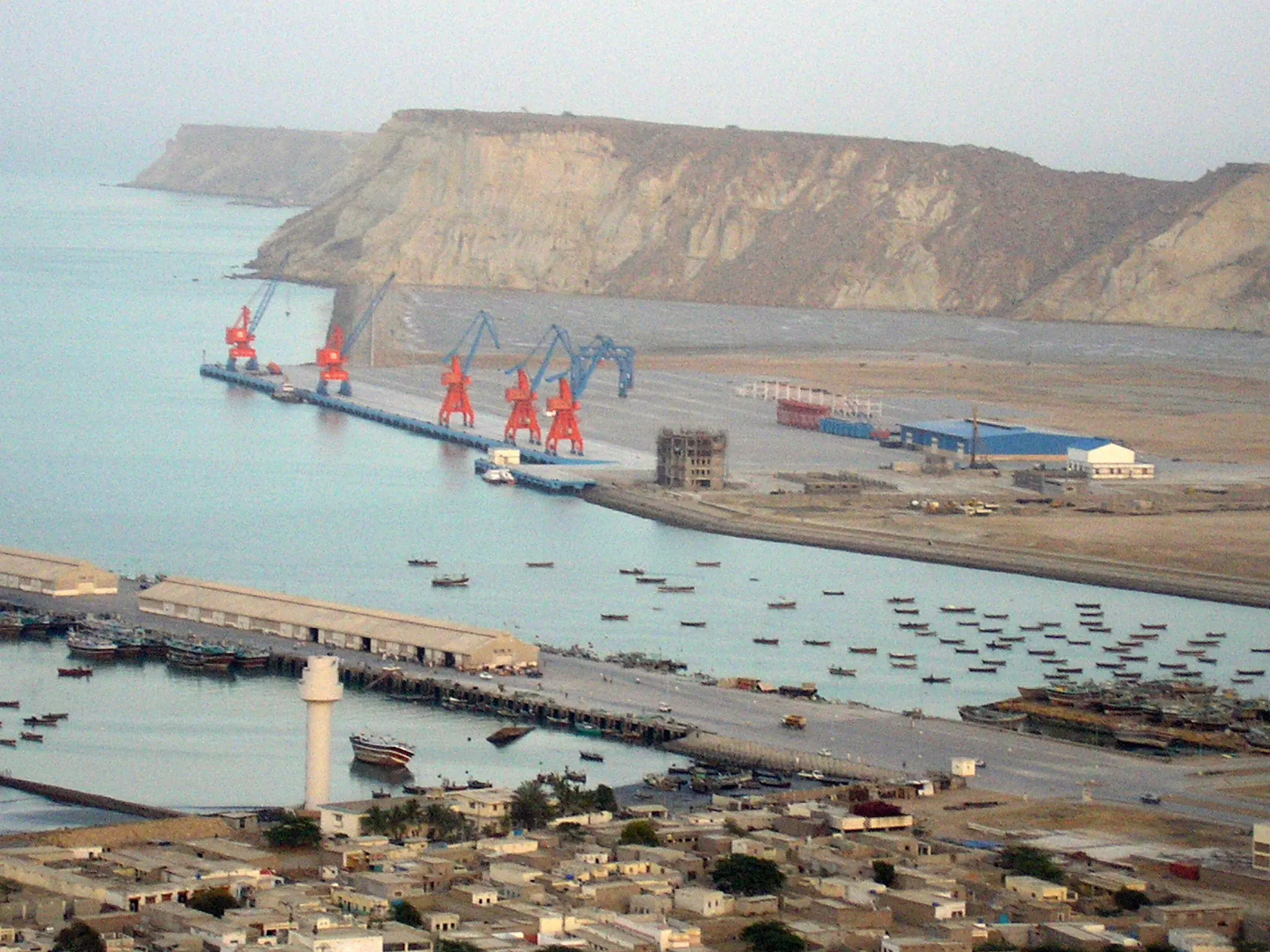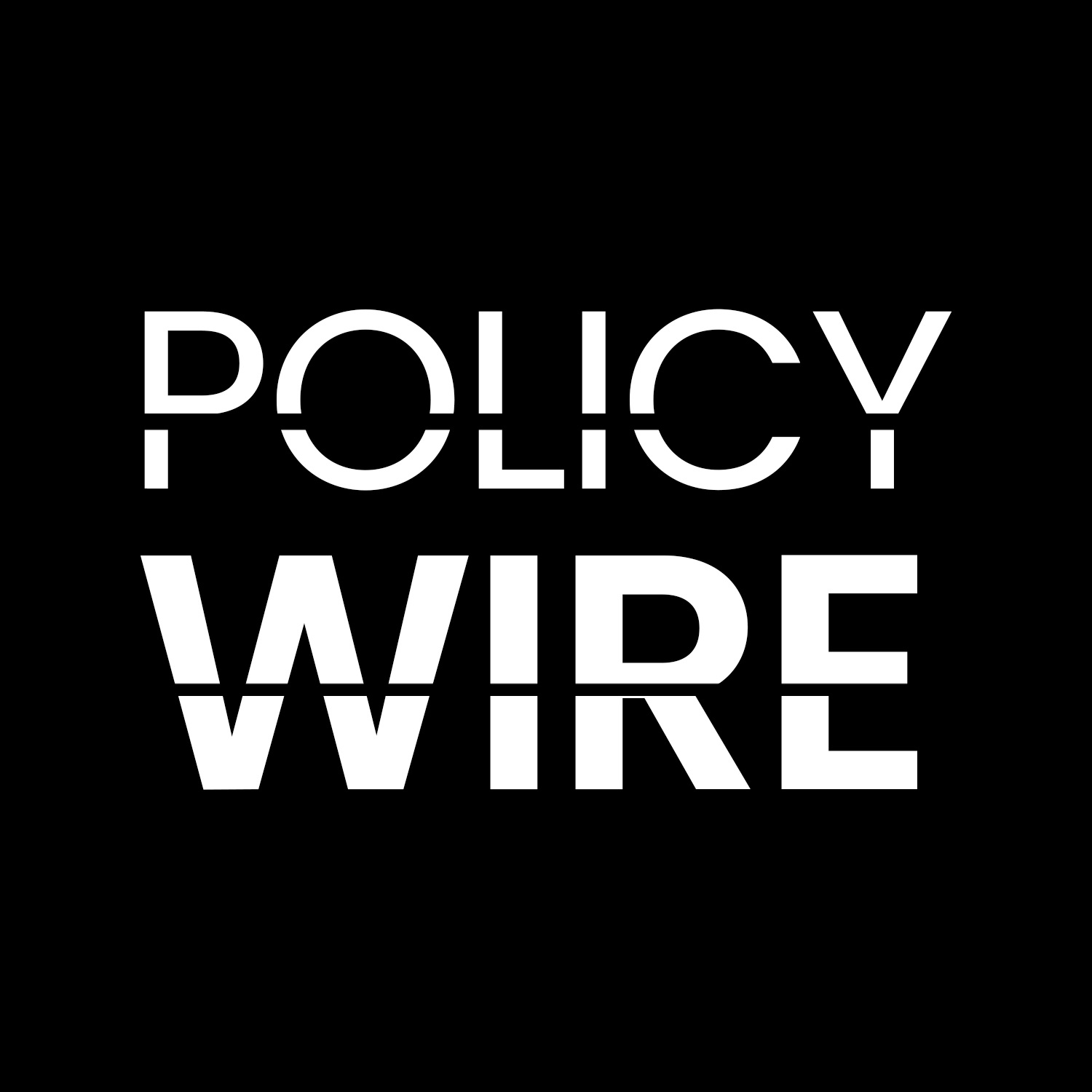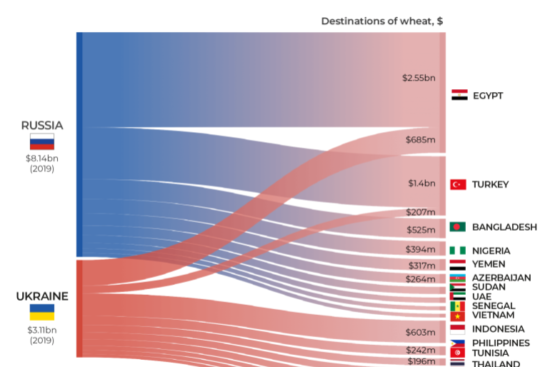
Foreign direct investment (FDI) acts as a major source of capital inflow for job creation, technology transfer, and export expansion, playing a crucial role in Pakistan FDI strategy. It yields multifaceted benefits, which significantly contribute to a country’s economic progress. Developing countries actively seek FDI to enhance their industrial and developmental capacities.
Understanding Pakistan’s Approach to FDI
Historically, Pakistan has consistently fallen short of realizing its full potential in attracting FDI.
According to World Investment Report 2023, Pakistan received $1.3 billion of FDI in 2022, while neighboring China and India attracted $189 billion and $49 billion worth of FDI, respectively. Bangladesh, a country smaller than Pakistan in terms of size and population, was able to secure inflows of $3.48 billion in 2022. These statistics underscore the need for Pakistan to review its approach towards FDI, with China’s experience serving as a valuable example.
China has emerged as a formidable player in attracting FDI in past three decades. FDI inflows surged from almost negligible in 1970s to $186 billion in 2022. China’s success owes its credit to measures taken for opening up of economy by President Deng Xiaoping, especially to trade and FDI. In later years, China was transformed into second most attractive destination for FDI after United States. Pakistan, being a developing country, can draw many valuable lessons from China. However, this insight specifically delves into Special Economic Zones (SEZs) and Bilateral Investment Treaties (BITs).
After economic reforms in 1978, China established a number of Special Economic Zones (SEZs). These zones were given autonomy in their investment decisions with tax and tariff concessions, preferential income tax treatment and exemptions from import licenses. Besides, China Council for International Investment Promotion (CCIIP) was established which aimed at national investment promotion and provide recommendations to improve investment environment of China. Infrastructure and transportation links to foreign markets offered by SEZs along with special incentives played a pivotal role in attracting interest of foreign investors. These SEZs led to massive FDI inflows and became engines of China’s economic growth.

Key Components of Pakistan FDI Strategy
Pakistan, for the first time, established Industrial Estates (IEs) in 1960s.
Later, Export Processing Zones (EPZs) were established in 1980s for promoting exports. But these zones could not accrue the desired objectives. In 2012, Pakistan passed SEZs Act and a number of SEZs were established. According to Board of Investment (BOI), Pakistan has 21 approved SEZs at present. 4 SEZs are also under construction under China Pakistan Economic Corridor (CPEC) while 5 are in pipeline. These SEZs offer international investors a specialized location to launch their businesses as well as assurance of consistent regulations and favorable business environment.
However, these SEZs did not prove to be so-special in attracting foreign investment. It is due to the fact that these zones are not insulated from overall business climate of country. Complex approval, registration and licensing processes coupled with bureaucratic hurdles and legal challenges are equally a barrier to investment in these economic zones as prevalent in rest of the country.
Presently, it takes 256 days for a foreign company to establish a set up in Pakistan and complete all processes involving several institutions i.e. Board of Investment (BOI), Securities and Exchange Commission of Pakistan (SECP), Federal Board of Revenue (FBR), State Bank of Pakistan (SBP) and relevant regulatory bodies. This time period is far longer than 24-hour approval time in the international market.
Secondly, China developed an extensive network of Bilateral Investment Treaties (BITs). It signed its first landmark BIT with Sweden in 1982. Although Beijing declared that its open-door policy is “all-directional” but initially, it prioritized BITs with countries which could become potential source of FDI.
So far, China has signed BITs with 145 countries, out of which 107 are in force. These BITs were an important part of China’s foreign investment policy which contributed greatly to FDI inflows.
In Pakistan’s case, it has signed 53 BITs with 48 countries so far. Out of these 53, presently 29 are in force, 16 were signed but not in force and 6 has already been terminated. In 2021, Pakistan decided to terminate 23 more BITs to avoid international arbitration due to 10 cases lodged by foreign firms on commercial contracts. Provisions related to Investor State Dispute Settlement (ISDS) exposed Pakistan to international arbitration. So far, decision of termination has not been put into action but it reflects alarming state of Pakistan’s BITs.
Also Read: Pakistan Economic Landscape: Growth and Grit
Keeping these lessons in view, Pakistan must insulate its SEZs from overall business environment of the country. Regulatory bodies within SEZs should be given autonomy to run affairs independently. Single window operations for foreign investors must be ensured. In addition, existing SEZs should be operationalized on urgent basis. In this regard, Phase-II of CPEC needs to be completed expeditiously. Moreover, Multinational Corporations (MNCs) from across the world should be invited to invest in SEZs of Pakistan by offering exclusive incentives.
Regarding BITs, a comprehensive policy should be developed with workable solutions in the long term. In light of these solutions, Pakistan should engage partner countries and amend problematic provisions to improve Pakistan FDI Strategy. Besides, new BITs should also be signed in which treaties with developed countries should be the focus. Finally, SIFC and BOI can also play an important role in policy synchronization across institutions. Policies should be formulated with long term objectives and regular changes in policies must be discouraged.
By following China’s successful policies and adapting them to its own circumstances, Pakistan may not only achieve global competitiveness but also establish a more hospitable climate for FDI, which will eventually lead to economic growth, job creation and general prosperity.


















Leave a Reply